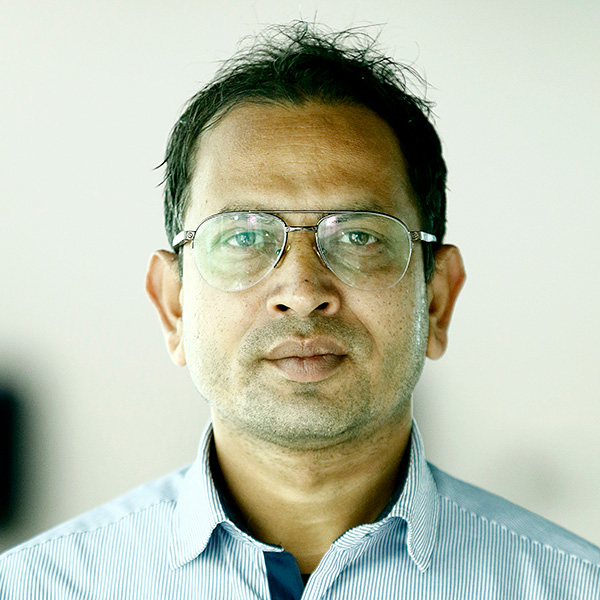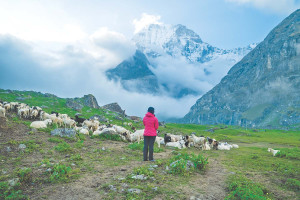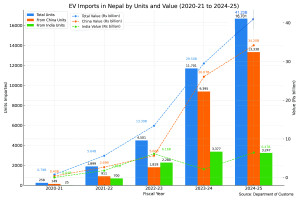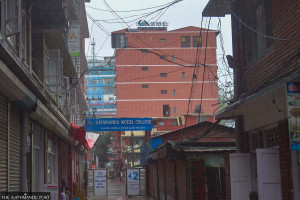Money
Govt ignoring suitors for Nijgadh airport project
A bevy of foreign investors have expressed an interest in building the proposed second international airport (SIA) in Nijgadh, Bara, but the government is reluctant to award the contract to anybody, officials said.
Sangam Prasain
A bevy of foreign investors have expressed an interest in building the proposed second international airport (SIA) in Nijgadh, Bara, but the government is reluctant to award the contract to anybody, officials said.
The SIA scheme envisions building a modern airport in Nijgadh, 175 km from Kathmandu in the southern plains, as an alternative to congestion and winter fog at Tribhuvan International Airport (TIA), the country’s sole aerial gateway.
The latest proposal to build the airport has come from a London company. WGP Global in conjunction with its project partner Uniel Holdings has expressed an interest to lead a team to design, construct, finance and manage the project. “We would be able to introduce leading global financial institutions and other parties which would have the experience, capability and the interest to participate in the financing of the project, whether in the form of a public-private partnership, build-operate-transfer model or otherwise,” WGP Global said in its proposal.
WGP Global added that it was leading similar consortiums in relation to airport, alternative energy, hospital and infrastructure projects in many continents.
Last year, the Malaysian government had proposed implementing a fully-financed construction of the airport under a ‘design, finance, build, operate and transfer’ (DFBOT) model through a government-to-government deal. “We understand that the SIA is very critical for the development and growth of Nepal. The Malaysian government and its consortia have a proven track record in terms of experience and expertise in developing and managing international airports all over the world,” said the Prime Minister’s Department, Malaysia in the proposal sent to Nepal’s Tourism Ministry.
“We would like to propose developing the SIA under the DFBOT model. The Malaysian government will form a consortium of financially strong, well experienced and capable companies to develop and manage the SIA,” it added.
Earlier, Landmark Worldwide Company (LMW) of Korea had proposed to develop the project. The government had awarded a detailed feasibility study (DFS) contract to the company in March 2010. LMW’s report has proposed constructing the airport under the ‘build own operate and transfer’ (Boot) model. It has estimated a price tag of Rs65 billion for the first phase, Rs7.78 billion for the second phase and Rs8.79 billion for the third phase. As per the deal, the Korean company would not charge the government for the study if it got the contract to build the airport.
In July 2015, a four-member delegation of the Airport Authority of India (AAI) arrived in Kathmandu and inspected the planned SIA site in Nijgadh. The visiting delegation had informed Nepali government officials that they were ready to invest in the project, either through the private sector or government funding or both, as per wish of the Nepal government.
As the SIA in the southern border point would be more accessible for a large population of Bihar, India is more concerned about it. “Hordes of foreign investors have expressed an interest to develop the project, but the government is reluctant to cash in on the opportunity,” said a senior official at the Tourism Ministry. “Seven years have already passed since the announcement of the construction of the project, and still there is no sign of development.”
On the one hand, the government has been holding endless rounds of national and international meetings and seminars to attract foreign direct investment in mega projects; but on the other hand, when potential investors come forward, it changes its mind and says that Nepal is capable of investing in critical infrastructure projects, the official said. “The government is not consistent in its policy. The project’s priority changes wh- en the government changes.”
The incumbent government has planned to develop the project by mobilizing its own resources. Tourism Minister Jeevan Bahadur Shahi informed a joint meeting of the parliamentary Finance and Development committees recently that they had initiated the process to prepare another detailed project report of the proposed airport.
Currently, the project has appointed a consultant to carry out an environmental and social impact assessment, said Hari Adhikari, chief of the project. “There is a lot of preparatory work like resettlement and land acquisition, and that will take at least two to three years.”
Although the government has listed the SIA as a national pride project, it has not addressed a number of legal issues that prevent expediting the scheme, he said. “We can construct one runway and basic infrastructure within three to four years, and expand the airport to a full-fledged facility in a phase-wise manner. But the initial phase has proven to be more difficult than expected.”




 23.35°C Kathmandu
23.35°C Kathmandu

















